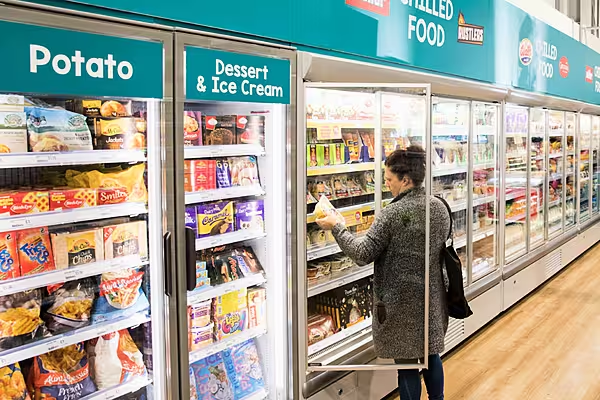Sales at US retailers unexpectedly fell in March, raising concern consumer spending is losing momentum.
The 0.3 per cent drop in purchases followed little change the prior month, Commerce Department figures showed Wednesday in Washington. The median forecast of 81 economists surveyed by Bloomberg called for a 0.1 per cent gain.
The decrease was led by the biggest drop in demand for autos in a year, and cutbacks at clothing stores, Internet merchants and restaurants. Sustained gains in consumer spending, the biggest part of the economy, are needed at a time exports are still depressed by cooling global markets and US manufacturing is barely emerging from a slump.
"We’re having a little bit of a soft patch here for the consumer, with no obvious rationale," said Michael Feroli, chief US economist at JPMorgan Chase & Co. in New York. "It’s definitely a softer start to the year. Provided job gains remain as strong as they’ve been, we expect consumer spending should be OK."
Estimates in the Bloomberg survey for total retail sales ranged from declines of 0.8 per cent to a gain of 0.4 percent. The February tally was previously reported as a 0.1 per cent drop.
Gains Swamped
While nine of 13 major categories showed gains last month, those increases weren’t large enough to offset the drop in autos, clothing and restaurants.
Automobile dealers’ sales dropped 2.1 per cent in March, the biggest decrease since February 2015. That was in line with industry data earlier this month that showed the torrid pace of car demand was leveling off. Purchases of cars and light trucks grew at a 16.5 million annualized rate in March, the slowest in more than a year, according to Ward’s Automotive Group.
Excluding autos, purchases rose 0.2 per cent last month after being little changed in February, Wednesday’s report showed. The increase was paced by a 0.9 per cent jump in receipts at service stations that probably reflected the recent pickup in gasoline prices.
The Commerce Department’s retail sales data aren’t adjusted for prices, so higher fuel costs boost filling-station receipts.
Gasoline Prices
Regular gasoline at the pump climbed last month to an average $1.94 a gallon, or up 21 cents from the February average of $1.73, according to AAA, the biggest US auto group. Fuel costs, however, remain a tailwind for consumers as the February level was the lowest since 2009.
Retail sales excluding automobiles and service stations increased 0.1 percent, less than the projected gain of 0.3 percent in the Bloomberg survey.
That suggests Americans are boosting savings even as the job market continues to improve.
The figures used to calculate gross domestic product, which exclude categories such as food services, auto dealers, home-improvement stores and service stations, showed a 0.1 per cent advance, matching the prior month’s increase in the so-called retail control group.
The retail report showed sales decreased 0.9 per cent at clothing chains, the biggest retreat since October, and a 0.8 per cent drop at restaurants and bars.
Less Spending
Some economists may further trim estimates for consumer spending following the retail sales results. The median forecast in a Bloomberg survey shows household purchases rose at a 1.9 per cent annualized rate in the first quarter, the weakest in a year and following a 2.4 per cent pace in the prior three months.
The labor market continues to remain robust, however. The March payrolls report showed employers added 215,000 workers to payrolls after a 245,000 February advance, while the jobless rate edged up to 5 per cent as more people entered the labor force.
A separate report from the Labor Department Wednesday showed wholesale prices in the US unexpectedly fell in March for a second month, showing inflation is still well-contained as Federal Reserve officials weigh whether further increases in the benchmark interest rate are warranted.
The 0.1 per cent drop in the producer-price index followed a 0.2 per cent decrease in February. Over the past 12 months, wholesale prices fell 0.1 per cent.
News by Bloomberg, edited by ESM. To subscribe to ESM: The European Supermarket Magazine, click here.














